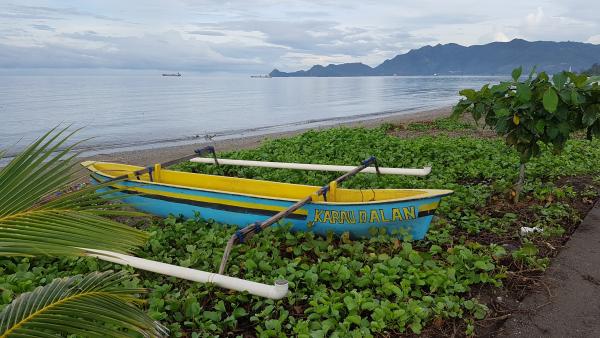A square peg in a round hole? Making the Blue Economy ‘fit’ into existing systems of governance
Tuesday, 26 May 2020

The Blue Economy is a relatively new concept that is increasingly being pursued by Governments around the world. Public and private plans and policies designed to advance the Blue Economy need to be careful not to undermine, contradict or come into conflict with the range of existing governance approaches that are already in place to manage the sustainability of our coasts and oceans. Before implementing plans for a Blue Economy it is therefore useful to understand how different maritime sectors are currently being managed, and whether existing arrangements provide for cross–sectoral coordination of efforts to improve ocean sustainability, whilst growing economic and social benefits. Understanding existing arrangements will help to identify where and how new policies and plans, might add value to what is already in place.
The development of a Blue Economy is a key objective of the draft National Oceans Policy (NOP) for Timor-Leste. Researchers from the Australian National Centre for Ocean Resources and Security (ANCORS), in collaboration with PEMSEA and the Government of Timor-Leste, recently completed a study which examined how the Blue Economy might ‘fit’ within existing national governance arrangements, including the NOP.
The study involved a ‘stocktake’ of the existing legislation, policy and other legal instruments that currently regulate relevant maritime sectors in Timor-Leste, including fisheries and aquaculture, conservation, oil and gas, tourism and ports sectors as well the strategies and plans of country partners and non-government organizations relevant to the Blue Economy.
The stocktake assessed whether the different maritime sectors of Timor-Leste are already being managed in a harmonized way, by measuring the extent to which different policy instruments, and the organizations that manage these sectors, are working together. It involved a desktop review as well as interviews with government officials and staff of partner organizations.
The authors found that the government and non-government agencies, organizations and individuals working across the range of maritime sectors are conscious of the need to work together to deliver benefits to the people of Timor-Leste. In general, existing policy instruments in Timor-Leste also share a number of important objectives within and across sectors, but there are also gaps and inconsistencies, which could be addressed in the development of the NOP implementation plan. A number of key policies and organizations (including PEMSEA) are playing an important ‘bridging’ role, which promotes harmonization and integrated management across different sectors.
A full report has been provided to the Government of Timor-Leste and PEMSEA which outlines a series of recommendations on how the Blue Economy could be developed in a way that adds value to the existing governance arrangements. These recommendations include; plugging gaps in sectoral approaches to sustainability; identifying objectives for the Blue Economy that are consistent with and add value to the existing policy landscape; creating formal links between the NOP and existing and influential legislation and policy; supporting existing and emerging boundary (or linking) organizations; and ensuring Tara Bandu (customary law) is appropriately considered and incorporated into Blue Economy planning.
For a full copy of the scientific publication arising from this research you can visit here or contact the report authors Michelle Voyer (mvoyer@uow.edu.au) or Anna Farmery (afarmery@uow.edu.au).



